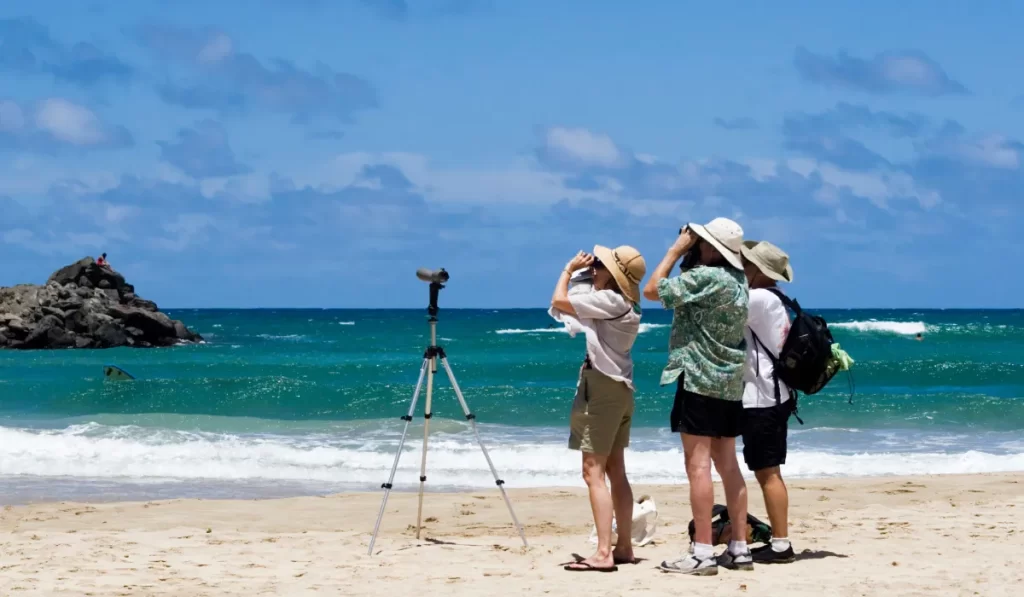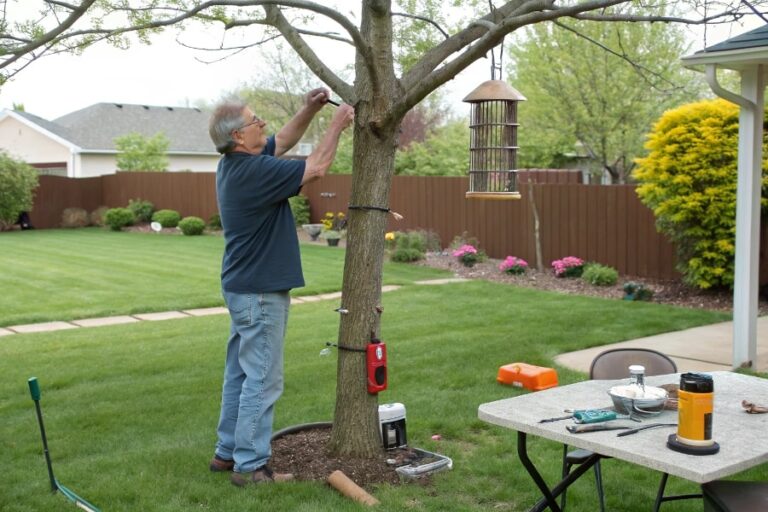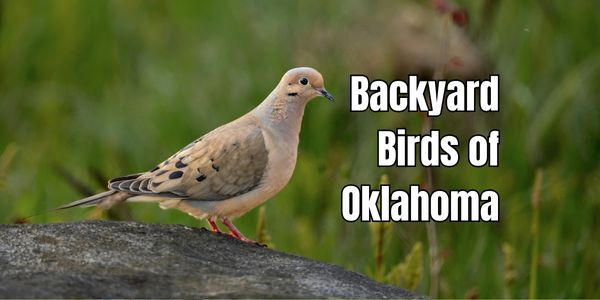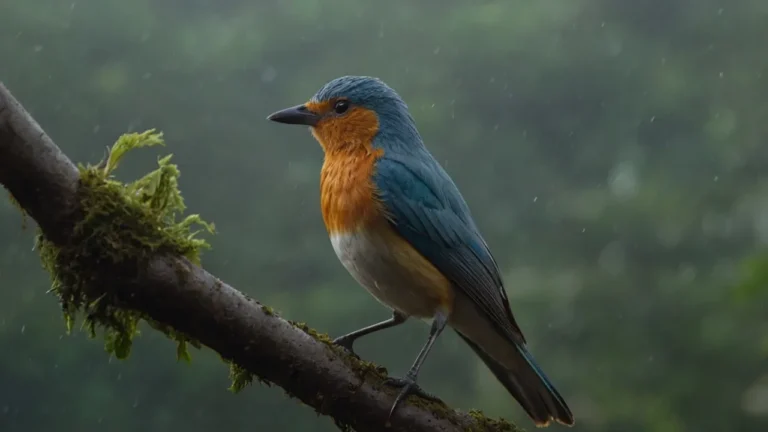Birdwatching For Kids: Why It Is Important?
This article aims to explore birdwatching for kids, providing insights, tips, and anecdotes to make the experience enjoyable and educational for young bird enthusiasts.
Table of Contents
Why Birdwatching?

Birdwatching is a fascinating and educational activity that can engage children with the natural world. It not only enhances their observational skills but also fosters a deep appreciation for wildlife.
Why Birdwatching Is Important
Birdwatching, also known as birding, is the practice of observing birds in their natural habitat. It is a hobby that can be enjoyed by people of all ages, including children. The beauty of birdwatching lies in its simplicity – all you need is a keen eye, a bit of patience, and a love for nature.
Benefits of Birdwatching for Kids
Engaging children in birdwatching has numerous benefits:
- Educational Value: Birdwatching teaches kids about different bird species, their behaviors, and their habitats. It can be an excellent supplement to their biology or environmental science curriculum.
- Outdoor Activity: In an era where screen time often dominates children’s leisure activities, birdwatching provides a refreshing opportunity to get outdoors and enjoy nature.
- Observational Skills: It helps children develop keen observational skills and attention to detail.
- Conservation Awareness: Birdwatching can foster a sense of responsibility and awareness about wildlife conservation and the importance of protecting natural habitats.
Personal Anecdote: A Journey into Birdwatching
I still remember my first birdwatching experience as a child. Armed with a pair of binoculars that seemed too large for my small hands, I ventured into the nearby park with my dad. The first bird we spotted was a bright red cardinal.
The excitement of that moment sparked a lifelong interest in birds. Sharing such personal experiences can inspire kids to embark on their own birdwatching adventures.
Getting Started with Birdwatching
Birdwatching doesn’t require expensive or complicated equipment. Here are some essentials to get started:
Essential Gear for Young Birdwatchers
- Binoculars: A good pair of binoculars is crucial. For kids, lightweight binoculars with a lower magnification (7x or 8x) are ideal.
- Bird Guidebook: A field guide specific to your region will help identify different bird species. There are also many apps available that can assist with identification.
- Notebook and Pencil: Encouraging kids to keep a birdwatching journal can enhance their observation skills and provide a record of their sightings.
- Comfortable Clothing: Dress appropriately for the weather and the terrain. Comfortable shoes are a must for walking or hiking.
Best Locations for Birdwatching
Birdwatching can be done almost anywhere, but some locations are particularly good for spotting a variety of species:
- Local Parks and Gardens: These areas are often home to many common bird species and are easily accessible.
- Nature Reserves and Wildlife Sanctuaries: These protected areas offer diverse habitats and a higher chance of spotting different birds.
- Backyards: Setting up a bird feeder or bird bath in your backyard can attract birds, making it easy for kids to observe them from home.
- Coastal Areas and Wetlands: These locations are great for spotting waterfowl and shorebirds.
When to Go Birdwatching
Birds are most active during the early morning and late afternoon. These times are ideal for birdwatching as the light is also better for spotting and identifying birds. Additionally, different seasons bring different bird species, so birdwatching can be a year-round activity.
Engaging Kids in Birdwatching

Keeping kids engaged in birdwatching requires creativity and enthusiasm. Here are some tips to make the experience enjoyable:
Making Birdwatching Fun and Interactive
- Birdwatching Games: Turn birdwatching into a game by creating a bird bingo card with different bird species to spot.
- Drawing and Photography: Encourage kids to draw the birds they see or take photographs. This can be a fun way to combine birdwatching with other hobbies.
- Storytelling: Create stories about the birds you see. This can be a fun way to spark kids’ imaginations and make the activity more engaging.
- Involving Friends and Family: Birdwatching can be a social activity. Invite friends or family members to join in, making it a shared experience.
Birdwatching Projects and Activities
To deepen children’s interest and knowledge, consider involving them in birdwatching-related projects and activities:
- Bird Feeder Project: Build a bird feeder together and observe the different species that visit. This can also teach kids about different bird diets and feeding behaviors.
- Birdhouse Building: Constructing birdhouses can provide nesting sites for birds and offer kids a hands-on project.
- Migration Tracking: Research bird migration patterns and track the seasonal movements of different species. This can be a fascinating way to learn about geography and ecology.
- Citizen Science: Participate in citizen science projects like the Great Backyard Bird Count or eBird, where kids can contribute their sightings to a larger database.
Learning Through Birdwatching
Birdwatching offers numerous opportunities for learning including-
Educational Insights from Birdwatching
- Biology and Ecology: Observing birds teaches kids about animal behavior, ecosystems, and the interdependence of species.
- Geography: Understanding bird migration patterns introduces kids to different regions and climates around the world.
- Conservation: Birdwatching can highlight the importance of protecting natural habitats and conserving wildlife.
Expert Insights
Renowned ornithologist Dr. Jane Smith emphasizes, “Birdwatching is not just a hobby; it’s a gateway to understanding the complex web of life on our planet. Encouraging kids to engage in birdwatching can spark a lifelong interest in nature and conservation.”
Real-Life Example: Birdwatching Programs in Schools
Many schools have incorporated birdwatching programs into their curriculum. For instance, the Audubon Society’s “Birds in the Classroom” program provides resources and activities for teachers to introduce students to birdwatching. Such programs have shown to increase students’ engagement in science and environmental studies.
Read More: What Attracts Birds to Your Yard: A Comprehensive Guide
Addressing Challenges and Counterarguments

While birdwatching is a rewarding activity, it can come with some challenges like below:
Overcoming Potential Challenges
- Patience and Attention Span: Birdwatching requires patience, which can be difficult for some children. Starting with short sessions and gradually increasing the time can help.
- Weather Conditions: Inclement weather can be a deterrent. Having indoor birdwatching activities, like watching bird cams or reading about birds, can keep kids engaged.
- Safety Concerns: Ensuring that birdwatching is done in safe areas and under supervision is crucial.
Alternative Perspectives
Some may argue that birdwatching is too passive or not as engaging as other outdoor activities. However, by combining birdwatching with interactive elements, such as games and projects, it can be made dynamic and exciting.
Addressing Limitations
Birdwatching, like any activity, has its limitations. It may not appeal to every child, and that’s okay. Offering a variety of nature-related activities can help find what sparks each child’s interest.
The Future of Birdwatching for Kids
Encouraging children to take up birdwatching is an investment in their education and personal development. It nurtures their curiosity, teaches them about the natural world, and instills a sense of responsibility towards conservation.
Whether it’s spotting a cardinal in the backyard or participating in a global bird count, birdwatching can open up a world of wonder and learning for kids.
Inspiring the Next Generation
Birdwatching for kids is more than just a hobby; it’s a pathway to fostering a lifelong love for nature and a commitment to conservation. By making birdwatching accessible, engaging, and educational, we can inspire the next generation to appreciate and protect the natural world.
Forward-Looking Thoughts
As technology advances, new tools like bird identification apps and online resources are making birdwatching more accessible than ever. These innovations, combined with traditional methods, can enhance the birdwatching experience for kids.
Frequently Asked Questions About Birdwatching for Kids
FAQ 1: What is the best age for kids to start birdwatching?
Answer: Children can start birdwatching at any age, but typically, kids around 5 to 7 years old have the attention span and observational skills to enjoy the activity. Younger children can still enjoy birdwatching with guidance and supervision. The key is to keep the experience fun and engaging, adapting activities to suit their age and interest level.
FAQ 2: What type of binoculars are suitable for kids?
Answer: For kids, lightweight binoculars with lower magnification (7x or 8x) are ideal. These are easier for small hands to handle and provide a wider field of view, making it easier to spot and follow birds. Some recommended models include the Nikon Aculon A30 8×25 and the Celestron Nature DX 8×32, both of which are durable and user-friendly.
FAQ 3: How can I keep my child engaged in birdwatching?
Answer: To keep your child engaged in birdwatching, incorporate fun activities and games. Create a bird bingo card with different bird species to spot, encourage drawing or photographing birds, and involve friends or family in birdwatching trips. Additionally, participating in projects like building bird feeders or birdhouses can make the experience more interactive and educational.
FAQ 4: Are there any safety concerns with birdwatching for kids?
Answer: While birdwatching is generally a safe activity, it’s important to ensure that children are birdwatching in safe areas and under supervision, especially in more remote or wild locations. Teach children to respect wildlife and their habitats, and remind them to be aware of their surroundings. Additionally, ensure they are dressed appropriately for the weather and terrain, and carry necessary supplies such as water, snacks, and a first-aid kit.
Final Thoughts
In conclusion, birdwatching for kids is an enriching activity that combines education, fun, and a deep connection with nature.
By providing the right tools, guidance, and enthusiasm, we can help children embark on a lifelong journey of discovery and appreciation for the avian world. So grab your binoculars, step outside, and start your birdwatching adventure today!
Reference:
https://www.nps.gov/articles/birding-for-beginners.htm
https://library.nashville.gov/blog/2024/04/birdwatching-kids






